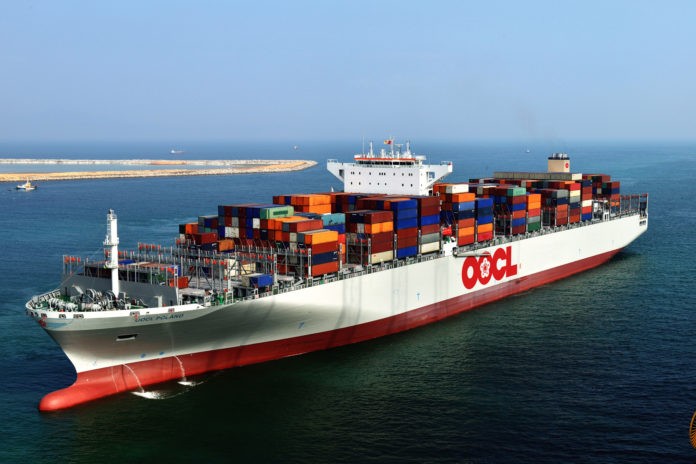Capacity management has been key to the ongoing strengthening of Transpacific rates, according to container shipping expert Lars Jensen.
Jensen, CEO of Vespucci Maritime, said in Baltic Exchange’s latest monthly commentary that the Transpacific has seen the highest number of cancelled sailings, with 16% of sailings blanked.
On 4 August, the Shanghai Containerized Freight Index (SCFI) showed that ex-Asia rates crossed the US$2,000/FEU level to the US West Coast and US$3,000/FEU to the US East Coast for the first time since October 2022 and December 2022, respectively.
Jensen explained, “On the Transpacific trade, spot rates tended to bottom out in late June, followed by a continued increase. It would be misleading to call it a strong increase, but certainly sufficient to get to levels substantially above pre-pandemic terms and presumably set the carriers on the path for better profitability in the trade. This surge in rates is fuelled by an active approach to capacity management. When the weekly blank sailings are analysed, the Pacific is clearly the trade with the largest number of cancelled sailings. At the end of July, 16% of the usually scheduled sailings had been cancelled. Furthermore, the data shows that the carriers’ announcement of new blank sailings rose substantially at the end of June, coinciding with the rally in rates.”
Liner operators are taking delivery of a record number of newbuildings, which were ordered in the boom years of 2021-2022. Since January, the global fleet of container vessels has grown 4.3% and, year-on-year, the fleet has grown 6.2%.
Jensen observed, “Such capacity growth when seen in the light of the weak demand growth, would either lead to a continuing downturn in freight rates or a much more active approach by the carriers to limit the capacity on offer.”
Capacity discipline has been lower on the Asia-Europe and Asia-Mediterranean legs, resulting in rates remaining under downward pressure.
On 4 August, Asia-North Europe rates closed at US$947/TEU, down from US$975/TEU the previous week. Asia-Mediterranean rates, while improving slightly to US$1,529/TEU, are lower than the US$1,616/TEU recorded in May.
Jensen said, “Regarding the Asia-Europe service, it would be more accurate to say that the rate level has stagnated at a relatively low level. In this case, the carriers have been less active with blanking sailings. Whilst they did blank 12% of the planned sailings at the end of July to Northern Europe, they only removed 5% of the sailings to the Mediterranean.”
Martina Li
Asia Correspondent







